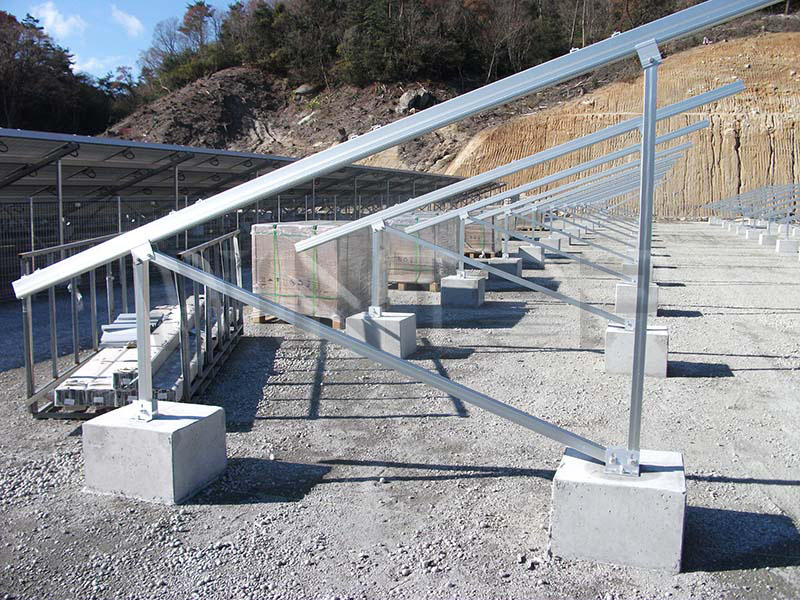Solar panel racking, also known as mounting systems or
solar panel bracket structures, are specifically designed to securely hold and position solar panels in place. The racking system plays a crucial role in ensuring solar panels are properly installed and oriented to maximize energy production.

Here's how solar panel racking works:
1. Stability and Support: The racking system is typically made of durable materials such as aluminum, steel, or a combination both. It provides stability and support for the solar panels, protecting them from external factors like wind, snow loads, and vibrations.
2. Mounting on Various Surfaces: Solar panel racking systems are versatile and can be installed on various surfaces, including rooftops, ground-mounted systems, and even poles. The racking system is engineered to be compatible with different types of installations, taking into consideration factors such as weight, tilt angle, and positioning requirements.
3. Attachment Points: The racking system consists of multiple attachment points where the solar panels are secured. These attachment points are strategically placed along the frames of the solar panels and are designed to distribute the weight evenly while maintaining structural integrity.
4. Adjustable Tilt and Orientation: Depending on the installation location and desired energy production, solar panel racking systems often feature adjustable tilt angles. This allows for optimizing the solar panel orientation based on the sun's path and the specific latitude of the installation site.
5. Wiring and Cable Management: Solar panel racking systems also incorporate features for efficient wiring and cable management. They include conduits or cable clips to securely route and protect the wiring between panels, minimizing any potential damage or interference.
Overall, solar panel racking systems provide a reliable and structurally sound framework for mounting solar panels, ensuring their optimal performance and longevity. It is important to consult with professionals or manufacturers to determine the appropriate racking system for your specific installation requirements.


